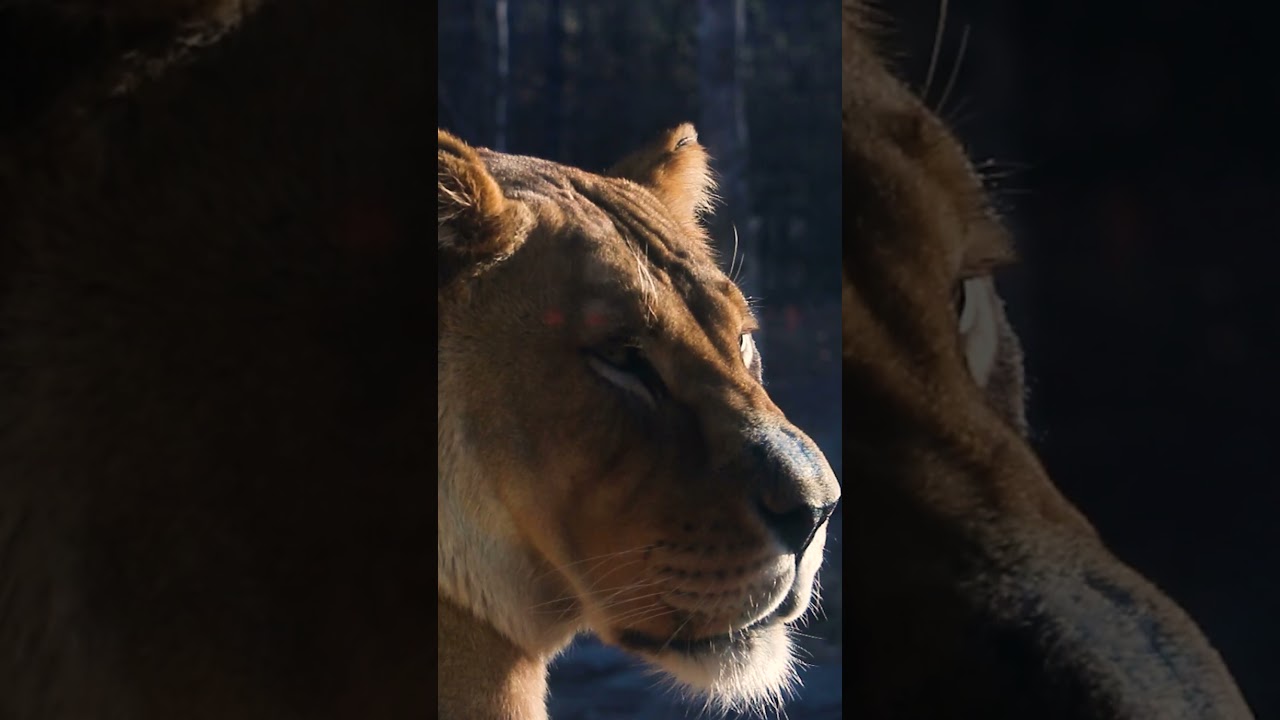– Unveiling the majestic life of zoo lions: Understanding their behavior and habitat in captivity.
– The unique benefit of visiting zoos during cooler months: A wintertime advantage for wildlife enthusiasts.
– The Lion’s Den: Exploring the innovative features zoos employ to simulate a natural environment for their star felines.
Have you ever gazed into the eyes of royalty? Not the kind adorned in gold and jewels, but the majestic and awe-inspiring kings and queens of the animal kingdom? Zoos across the globe serve as modern-day palaces for these regal beings, where they reside as living emblems of nature’s wild heart. One such royal family, the lions, commands respect and fascination from their human subjects. Let’s journey into their domain and unveil these creatures’ unique splendor, especially during the cooler months when their behaviors bring us face-to-face with the true essence of zoo royalty.
Imagine standing before a grand pane of glass, your breath visible in the crisp, cooler air, and just inches away, a lion basks atop a heated rock – the king of beasts in repose. It’s not an everyday scene, and one could argue that the experience is unrivaled even by the most captivating digital screens or glossy pages of a wildlife magazine.
The lion’s zoo habitat is painstakingly curated to resemble their natural abode as closely as possible within the confines of human infrastructure. Zoos often employ climate-controlled environments and strategically-placed heating elements, like those famed rocks that become a winter throne for our feline sovereigns. During colder periods, these luxuries provide natural gathering points, creating a mutual benefit for animals and visitors.
In the lion’s world, heat is a commodity that dictates much of their behavior. In the wild, they will bask in the savannah’s sunlight or seek shade beneath an acacia tree to regulate their body temperature – thrifty practices they carry over into their artificial homes. Their preference for comfort can inadvertently erase the invisible borders between us, drawing them closer to our eager eyes and creating exceptional opportunities for observation and connection.
For the eager visitor, the sight of lions lounging near the viewing glass becomes more than a chance to snap a photograph; it’s an intimate moment where one can study the nuances of lion behavior, observe their social hierarchy in action, and even lock eyes with a lion without the fear of becoming prey. These moments, albeit behind the safety of barriers, can be profoundly impactful, stirring a sense just shy of kinship or perhaps of humble reverence.
As the lions stretch upon their heated boulders during these cooler months, you might also witness their heightened activity. The drop in temperature can inspire a friskiness in these large cats, often leading to playful interactions or more frequent movement – much to the delight of visitors. It contrasts the scorching summers, which can render them sluggish and far less inclined to indulge the onlookers.
To the uninitiated, the behaviors exhibited by zoo lions – the stretching, the yawning, the occasional roar or chuff, even their grooming habits – offer a primer into the language of Panthera leo. But to understand them is to look beyond the surface of these acts. For instance, pride dynamics play out before observers as they might upon the African plains: females nurturing the cubs, males patrolling the perimeters of their kept kingdom, and the young playfully testing the limits of their growing prowess.
The zoo environment does more than showcase these animals; it also plays a role in their conservation. Many lions in captivity are part of larger conservation efforts, an insurance against their brethren’s threats in the wild – from habitat loss to human-wildlife conflict. Through breeding programs and educational initiatives, zoos aid in safeguarding genetic diversity and spread the all-important message of conservation.
Acknowledging the elements that make a zoo more than a superficial spectacle is important. Enrichment activities – puzzle feeders, scent trails, even the occasional obstacle or toy – stimulate the lions’ physical and mental well-being. These measures ensure that the lions maintain their instincts and behaviors, even within the unnatural confines of their enclosures.
And so, as the cooler months wrap the world in a brisk embrace, there stands a unique opportunity to gaze into the depth of nature’s design at creatures that continue to captivate the human psyche. When carefully managed and conscientiously appreciated, the zoo setting becomes a window to what might otherwise remain a world apart.
As visitors take advantage of the winter’s gifts, remember that each trip to the zoo is more than an excursion; it’s a pilgrimage to the foot of nature’s throne. Here, we find not just entertainment but education, a call to responsibility, and a reminder of the grandeur beyond the concrete and steel of our daily surroundings.
*****
Source Description
During the cooler months, guests can experience the lions up close as they hang out on their heated rocks near the viewing glass. They are giving them a closer look at zoo royalty.


